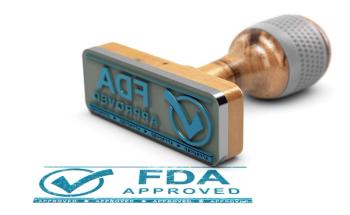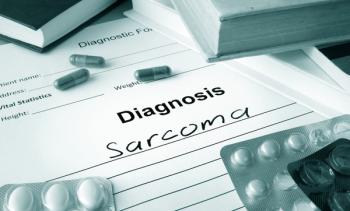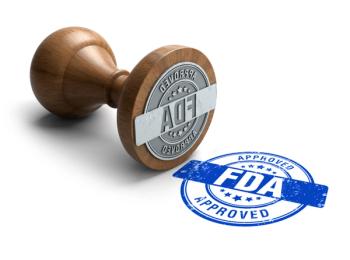
GFR, ABI, High Blood Pressure Associated With Poor Prognosis in Patients With CKD
A recent study found that patients with chronic kidney disease (CKD) had a poor prognosis based on glomerular filtration rate (GFR), ankle-brachial index (ABI), and high systolic blood pressure in a 16-week exercise program.
A 16-week exercise program demonstrated lower glomerular filtration rate (GFR), ankle-brachial index (ABI), and higher systolic blood pressure were associated with a poor prognosis in patients with chronic kidney disease (
The study was conducted during the 3-year post-trial observational follow-up of patients who underwent a 16-week exercise training program. The study was meant to assess how an exercise program would affect GFR, blood pressure, glucose and lipids, health-related quality of life (HRQOL), ABI, and the functional capacity of hypertensive adults with CKD.
Patients were included if they were non-diabetic aged 18 years and older who were diagnosed with high blood pressure and an estimated GFR (eGFR) between 15 and 59 mL/minute/1.73m2. Patients with severe disability or amputated lower limbs without prosthesis, a history of acute myocardial infarction in the previous 6 months, and previous kidney transplants were excluded from the study.
There were 150 patients who were included in baseline measurements of the study. All outcome variables were measured 8 weeks after enrollment and at the end of the 16 weeks. All patients were followed for 3 years after the baseline assessment.
There were 128 patients who were located after 1028.79 (standard error [SE], 23.88) days from the trial inception with 23 who refused to reevaluate for GFR and HRQOL. Participants had a mean age of 65 years and were mostly White women, overweight or obese (mean BMI, 29.9; SE, 0.7/kg/m2), and with slightly reduced renal function (eGFR, 63.4; SE, 2.3mL/minute/1.73m2).
There were 13 patients who died after 3 years out of the 128 patients located. The patients died after a mean of 764.58 (SE, 11.1) days after randomization. No differences in death were found between the exercise and non-exercise groups.
In-trial eGFR (HR, 0.95; 95% CI, 0.92, 0.98) and in-trial ABI (HR, 0.03; 95% CI, 0.002, 0.43) were associated with survival in the univariate analysis. After adjusted analysis, both remained independent predictors of survival.
A univariate analysis for change in GFR demonstrated no influence of the exercise group but GFR was significantly associated with in-trial ABI (β, 0.25, coefficient, 10.44; 95% CI, 1.68, 19.20) and in-trial systolic blood pressure (β, –0.26, coefficient, –0.14; 95% CI, –0.25, 0.02). In the adjusted analysis, in-trial systolic blood pressure and in-trial ABI both remained as independent predictors of CKD progression.
There were some limits to this study, such as a lack of baseline quantitative measures of albuminuria, which is a known risk factor for CKD progression. Also, antiypertensive drug use was not recorded in the study. Approximately one-sixth of patients could not be located, and another one-sixth did not have their GFR estimated in the final assessment. The follow-up study could also be significantly underpowered.
The researchers concluded that short-term benefits of exercise on surrogate end points for patients with CKD do not imply long-term advantages in patient outcomes if infrastructure and life-course educational and motivational support are not provided.
Reference
Bohlke M, Barcellos FC, Santos IS, Mielke GI, Vargas MDM, Hallal PC. Effects of a 16-week physical training on clinical outcomes in patients with hypertension and chronic kidney disease: NEPHROS post-trial follow-up. Cad Saude Publica. 2022;38(5):e00061521. doi:10.1590/0102-311X00061521
Newsletter
Stay ahead of policy, cost, and value—subscribe to AJMC for expert insights at the intersection of clinical care and health economics.







































